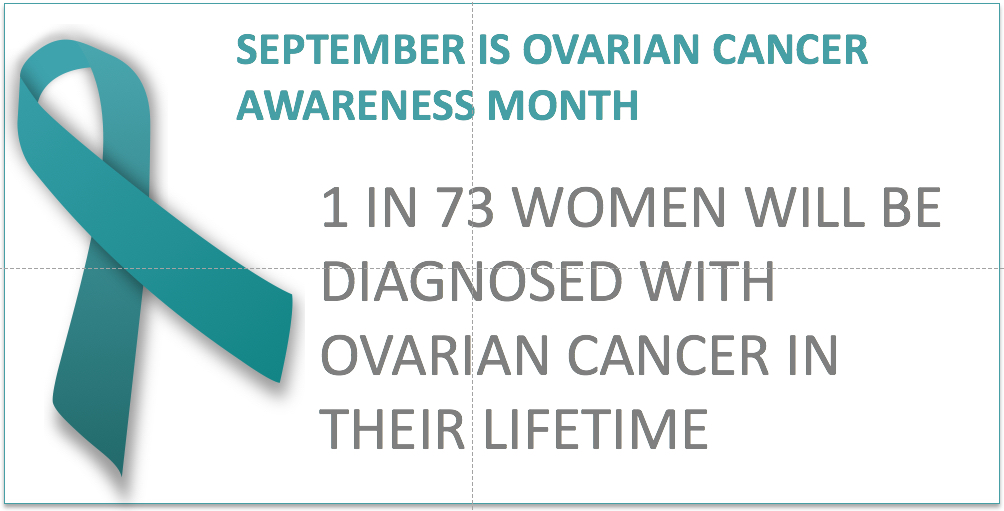When a New York Times full page advertisement offered post-menopausal women a free trial month voucher for the prescription drug, Evista, it brought grave concern to Cancer Prevention Coalition Chairman Dr. Samuel Epstein, MD.
Evista, manufactured by Eli Lilly under the generic name raloxifene hydrochloride, is known as a “Selective Estrogen Receptor Modulator” that has been widely marketed since 1997 for preventing and treating osteoporosis. The drug has also been shown to reduce the risk of invasive breast cancer in post-menopausal women with osteoporosis and in post-menopausal women at high-risk for invasive breast cancer, according to the Food and Drug Administration website.
The Times ad warns Evista’s side effects may include, “hot flashes and severe joint pain, blood clots in legs (known as deep vein thrombosis) and lungs, and dying from stroke.” But the ad particularly fails to warn Evista’s risk of ovarian cancer, according to the Cancer Prevention Coalition.
This year, ovarian cancer will strike about 21,880 women and accounts for 4 percent of cancer. National Cancer Institute data shows ovarian cancer death rates have increase in white and African American women over 65 by 15 and 36 percent, respectively. There are now about 13,850 deaths from ovarian cancer annually, making it one of the most lethal cancers in women.
In December 1997, when the pharmaceutical company Eli Lilly announced the FDA's clearance to market Evista, its initial claim was the drug had been found to be effective in preventing osteoporosis, affecting more than 20 million U.S. women annually, and in reducing LDL or "bad cholesterol" blood levels. Lilly also submitted applications to market Evista in more than 30 different nations.
Dr. Epstein, a professor emeritus of Environmental & Occupational Medicine at University of Illinois’ Chicago School of Public Health asserts “Lilly, with FDA's complicity, has attempted to suppress explicit evidence that Evista poses major risks of ovarian cancer on the alleged grounds that the 'clinical relevance of these tumor findings is unknown.”
Dr. Epstein claims critical health information never made it to the drug’s warning label. Namely, he says, Lilly’s 1997 Pharmacology Review was designed to prove the drug’s safety, but also reported Evista induced ovarian cancer in mice and rats.
There is no mention of Evista linked to ovarian cancer on the Eli Lilly website. However the company reported on Drugs.com that “ in a 2-year carcinogenicity study in rats, an increased incidence in ovarian tumors of granulosa/theca cell origin was observed in female rats given 279 mg/kg (approximately 400 times the AUC in humans). The female rodents in these studies were treated during their reproductive lives when their ovaries were functional and responsive to hormonal stimulation.”
In 2001, David Tourgeman, M.D., assistant professor of obstetrics and gynecology at University of Southern California's Keck School, found raloxifene, described as “estrogen light” and a second drug, estradiol, a pill form of estrogen, stimulates cell growth in ovarian adenocarcinoma — cells that carry estrogen positive receptors (ER+) on their surface. In the study, the drugs’ effects occurred in the lab when given independently and in combination. Cells in the study were exposed to an amount of raloxifene equivalent to the usual 60 mg oral dose of the drug.
“There has been an ongoing debate as to whether the presence of estrogen receptors on the tumor cells means that estrogen would necessarily cause an ovarian tumor to grow or reappear." Dr. Tourgeman said at the time the study was released. "However, up to 60 percent of epithelial ovarian cancers and a smaller percentage of anaplastic or recurrent ovarian cancers will be ER+, so the most appropriate approach would be one of caution.”
Lynette Summerill is an award-winning writer who lives in Scottsdale, Arizona. In addition to writing about cancer-related issues for EmpowHer, she pens Nonsmoking Nation, a blog following global tobacco news and events.





Add a Comment2 Comments
University of California San Diego and colleagues for the RUTH (Raloxifene Use for The Heart) trial reported in the July 13, 2006 issue of the New England Journal of Medicine a 44% decrease in invasive breast cancer risk (P=0.003) among women taking Evista was driven by a highly significant reduction in estrogen-positive breast cancer (P<0.001) but was associated with a 49% increase in the relative risk of fatal stroke (P=0.05). Evista did not reduce the risk of estrogen-negative breast cancers (P=0.40). This study did not look for ovarian cancer incidents.
In the RUTH study, Women taking Evista also had significantly more hot flushes, leg cramps, and peripheral edema (P<0.001 for all compared with placebo). For more information see http://www.askapatient.com/viewrating.asp?drug=20815&name=evista
February 9, 2011 - 5:39pmThis Comment
Do we know what the incidence of ovarian cancer in the studies or in the real world usage of Evista is compared with the reduction in the incidence of breast cancer?
February 9, 2011 - 4:21pmThis Comment